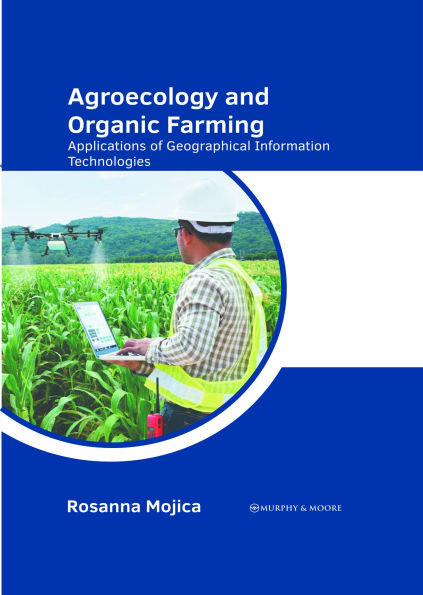Agroecology and Organic Farming: Applications of Geographical Information Technologies
Geographic Information Systems (GIS) are computer-based systems designed to capture, store, analyze, manage, and present spatial or geographic data. GIS integrates various types of data, such as maps, satellite imagery, and demographic information, enabling users to visualize, interpret, and understand relationships and patterns within geographic areas for decision-making and problem-solving. GIS plays a pivotal role in modern agroecology and organic farming, leveraging spatial data to optimize agricultural practices while promoting sustainability. It aids in site selection and land suitability assessment, considering factors like soil type, slope, and climate to determine the most suitable areas for organic farming practices. This helps farmers make informed decisions about crop selection and land management. GIS facilitates precision agriculture by enabling farmers to monitor and manage their fields with precision. Through remote sensing and GPS technology, farmers can map variations in soil fertility, moisture levels, and crop health, allowing for targeted application of organic inputs like compost and natural fertilizers. This book studies and analyses Geographic Information Systems and its utmost significance in modern times. While understanding the long-term perspectives of the topics, the book makes an effort in highlighting their impact as a modern tool for the growth of the discipline. It is a complete source of knowledge on the present status of this important field.
1147801407
Agroecology and Organic Farming: Applications of Geographical Information Technologies
Geographic Information Systems (GIS) are computer-based systems designed to capture, store, analyze, manage, and present spatial or geographic data. GIS integrates various types of data, such as maps, satellite imagery, and demographic information, enabling users to visualize, interpret, and understand relationships and patterns within geographic areas for decision-making and problem-solving. GIS plays a pivotal role in modern agroecology and organic farming, leveraging spatial data to optimize agricultural practices while promoting sustainability. It aids in site selection and land suitability assessment, considering factors like soil type, slope, and climate to determine the most suitable areas for organic farming practices. This helps farmers make informed decisions about crop selection and land management. GIS facilitates precision agriculture by enabling farmers to monitor and manage their fields with precision. Through remote sensing and GPS technology, farmers can map variations in soil fertility, moisture levels, and crop health, allowing for targeted application of organic inputs like compost and natural fertilizers. This book studies and analyses Geographic Information Systems and its utmost significance in modern times. While understanding the long-term perspectives of the topics, the book makes an effort in highlighting their impact as a modern tool for the growth of the discipline. It is a complete source of knowledge on the present status of this important field.
160.0
Pre Order
5
1

Agroecology and Organic Farming: Applications of Geographical Information Technologies
308
Agroecology and Organic Farming: Applications of Geographical Information Technologies
308Hardcover
$160.00
160.0
Pre Order

Product Details
| ISBN-13: | 9781639878840 |
|---|---|
| Publisher: | Murphy & Moore Publishing |
| Publication date: | 08/25/2025 |
| Pages: | 308 |
| Product dimensions: | 6.00(w) x 9.00(h) x 0.00(d) |
From the B&N Reads Blog
